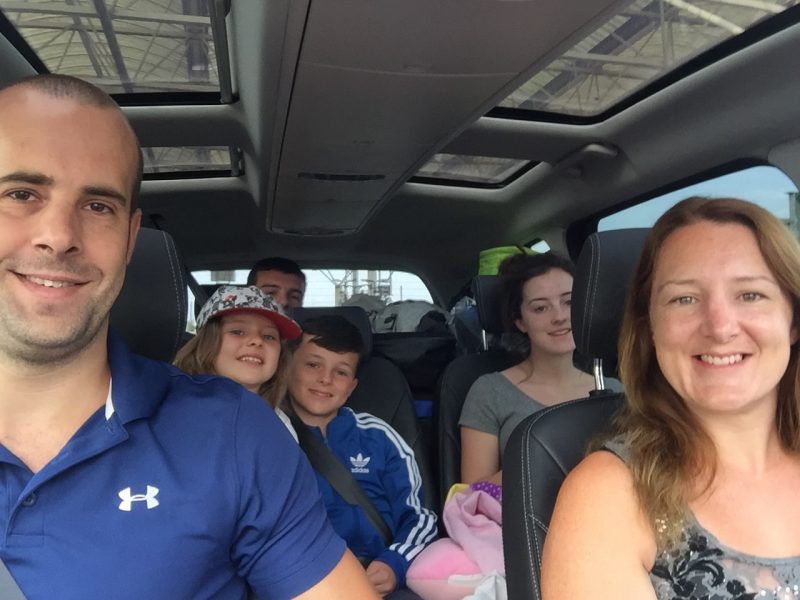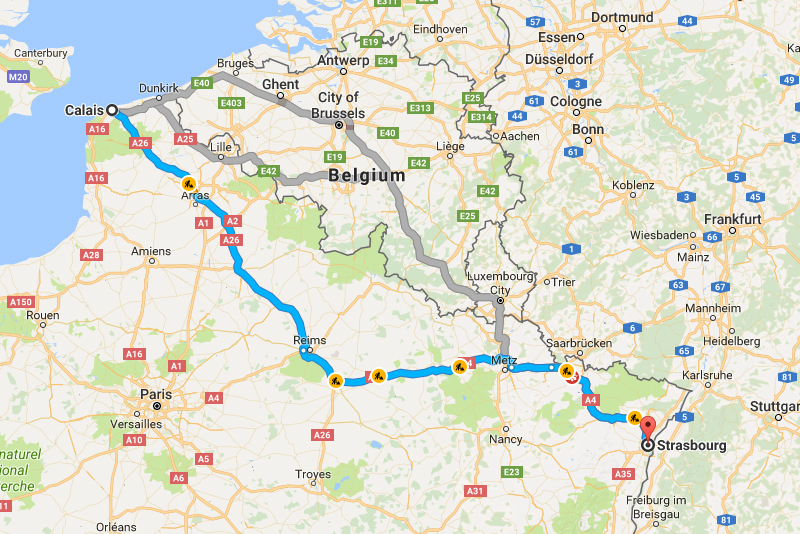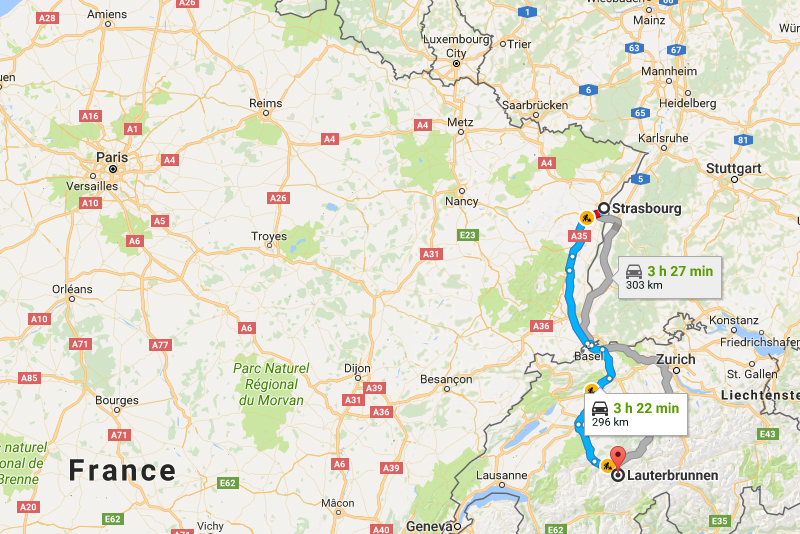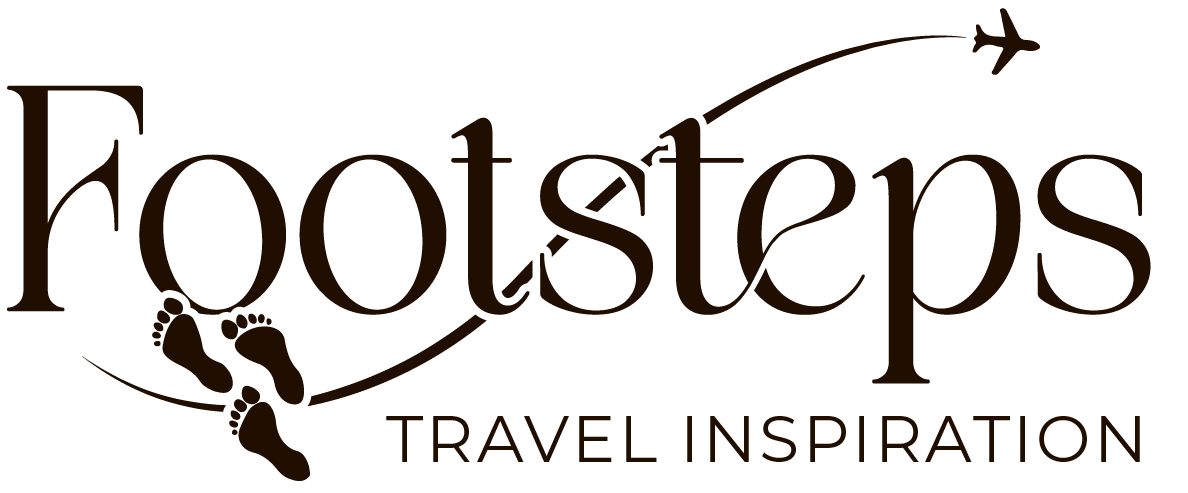Taking a family of six on holiday on a plane is always an expensive business. For us to fly to Switzerland, we were looking at the best part of £2,000. Hiring a car that fits all six of us ramps the cost up even further. We need a seven-seater and they are always a lot more expensive than hiring a smaller, economical mini car.

– Eurotunnel check-in selfie! –
All in all, had we flown to Geneva and hired a seven-seater car, we’d have been looking at close to £4,000 in travelling costs alone, before even thinking about accommodation and spending money.
- Check out our other Switzerland travel tips
- Continuing the journey on to Italy
- Follow our Instagram for more inspiration
Driving to Switzerland (and then Italy)…
So a few years ago we got a new Ford Galaxy, with the intention of using it to drive in Europe and save on plane fares. It’s also just so much more convenient having your own car and not having to rely on public transport when you’re on holiday, which can really restrict you and eat in to your precious time away.

We’ve driven plenty of times to France – north and south – but Switzerland (and then on to Italy for the second week) was the furthest we’d ever gone and, with a car full of children and teenagers, not a journey for the faint-hearted!
But it’s definitely do-able, as long as you go about it the right way.
Avoid peak days and times on the Eurotunnel
We love going on the Eurotunnel – it’s cheap and fast and we’ve only ever had good experiences, even on some of the most busy days.
One rule we always follow for our long European road trips is to avoid as much as possible driving on the weekends.
These are long, long journeys and traffic on the major tourist roads in France can be extremely bad on peak days in the holidays.
Likewise the Eurotunnel is obviously most busy at weekends, particularly summer holiday ones, and delays here can really cut in to your holiday time.
So even though our accommodation in Switzerland was only bookable from Saturday to Saturday, we set off (as we always do) on the Friday, with a hotel stop half-way, which has the benefit of breaking up the long journey and also ensuring you can do some of the travelling when the roads are quieter.
Shave a third of your journey time to the tunnel
The other rule we always follow on these journeys is to do as much of the journey as possible early in the morning.
We’ll always book the earliest realistic Eurotunnel, getting up at 4am (sometimes even earlier) and driving from our home in Southampton to the Folkestone Eurotunnel terminal to ideally arrive around 7am or earlier.
This way, the kids can go back to sleep in the car and you’re likely to avoid any major traffic, which would not be a good way to start on a journey of this nature!
The Eurotunnel is also less busy at this time, particularly on a weekday and it just makes for a more pleasant travelling experience all round.
Yes, you’re going to be tired from the early start – but our guess is you can shave at least a third off your overall journey time by getting as much of it done as possible while everyone else is still in bed. And if, like us, you’re able to share the driving between two of you, one can always be resting while you take it in shifts.
We choose the Eurotunnel over car ferries because it’s just so quick and efficient. Travelling time actually on the train is just 35-minutes. You drive on, sit in your car while you’re transported through the tunnel and drive off the other end straight out on to the road and on with your journey.

Even on times when we’ve been delayed – including at the height of the migrant crisis with ‘Operation Stack’ in full swing, it’s been quicker and easier than the ferry and we’re always really impressed with how well organised and efficiently it’s operated.
Others might not agree – and indeed there have been times when we’ve been delayed by a few hours (always on the way back) but those have been on some of the busiest days of the year and even then, it’s been well handled (and there’s always the terminal with its shops and restaurants to wait comfortably in).
The journey from Calais to Switzerland
The journey from Calais all the way to Switzerland is a long but fairly pleasant one. Driving in France always feels different from the UK. The roads are long, straight and wide and, during weekdays at least (and even on weekends), the toll roads are generally clear with relatively few other motorists to get in your way.
I feel happier driving on French roads for 10-hours straight than I often do driving in UK roads for one or two hours. We’ve always generally found it to be pretty much stress free.

– The first leg – Calais to Strasbourg – took about 6-hours including stops –
Dealing with the French toll roads
Stress free, that is, until we get to the so-called ‘peage’ toll barriers, which have the potential to cause confusion no matter how many times you encounter them!
There are two types of toll barriers, those where you just have to take a ticket (at the start of a paid toll section) and those at the end of the road (which can be hundreds of miles in some cases, or just a few miles in others).

At the end of the toll section, you put your ticket in to the machine (so be sure you’ve kept it close at hand) and then pay whatever fee the machine charges you.
You can pay by cash or card in most – but be sure to get in the right lane; not all lanes accept cards and not all accept cash so follow the illuminated signs and be sure to get in the right lane early (getting it wrong can be a disaster as there’s no way back out of the lane once you’re in it!)
 Also, you can pre-buy a toll ‘tag’ which you display on your windscreen and which is read automatically by the toll machines, allowing you to pass through without having to stop to pay. They’re available via Eurotunnel at a discount here. We’d definitely recommend getting one.
Also, you can pre-buy a toll ‘tag’ which you display on your windscreen and which is read automatically by the toll machines, allowing you to pass through without having to stop to pay. They’re available via Eurotunnel at a discount here. We’d definitely recommend getting one.
There are toll lanes dedicated only to these tag holders – denoted by a large illuminated ‘t’ sign. Do not go down these lanes unless you have a tag!
Really, the European toll roads system is pretty straightforward but they’re always a bit of a running joke for us nowadays as we always manage to get something wrong – normally caused by Bev (who’s usually in the passenger seat so the one who can reach the machines, which are of course on the opposite side to the driver) panicking!
We’ll either lose the ticket, drive down a cash-only lane when we’ve only got a card, drop the money on the floor, find the payment card is rejected, drive down the ‘tag’ only lane by mistake… All with the pressure of a big queue of angry French drivers behind blasting their horns.
We’ve learned to see the funny side of it now and are used to it! I’m sure most people just sail through fine.
Overnight stop in Strasbourg
Doing the whole trip to Switzerland in one go would be too much for us, so we booked a hotel in Strasbourg, which was just over half-way (we stayed in the Mercure Strasbourg ‘Palais de Congres‘ hotel), which we can certainly recommend for a simple overnight stay like this. It’s nothing special, but good enough quality for a short stop like this.

We had left home at 5am, arrived at the Eurotunnel for 7.30, were on the 8.10am train and in France by 8.45am (UK time – 9.45am France time). From there, it took us just under 6-hours to arrive at the Strasbourg mid-point hotel, at about 3.30pm French time.
A total journey time of 9-hours including all stops. Traffic was good the whole way and the journey – although very long by UK-standards – was pretty pleasant and uneventful and didn’t feel like too much of a struggle. Going much further than Strasbourg all in one day though would’ve been pushing it.
We had a couple of hours’ rest in the hotel then headed in to Strasbourg town centre to find a restaurant for dinner before heading back to the hotel for a much needed early night.
The next day we got up at a more reasonable time. The journey from Strasbourg to Lauterbrunnen was 3-and-a-half hours and we couldn’t check in to our chalet until 4pm, so we had time to take it easy, get some breakfast in Strasbourg (which incidentally we were completely unable to find and ended up resorting to McDonalds), get some fuel and then take a more leisurely drive for the second day.

– The 2nd leg – Strasbourg to Lauterbrunnen –
Traffic was clear for us on the second leg and the journey was smooth.
Don’t forget your motorway pass ‘Vignette’ at the border
One important thing you need to remember is that, as you cross the border from France in to Switzerland, you need to have what’s known as a ‘Vignette’ – basically a sticker that goes on your windscreen to allow you to drive on the motorways, which you pay for.
They are available to purchase in motorway service stations, but we simply bought ours in cash at the border (around €20), which was very straightforward (simply handed the money over to a border guard who stuck the sticker on for us). They are valid for the entire year so you only need to buy these once.
In total, we spent 12-and-a-half hours in the car over two days. Sounds pretty arduous – bearing in mind the car-load of four children in the back, but they’re used to it and had plenty to entertain them by way of colouring books and games.
The frequent stops that you can make on French (and Swiss) roads in the many ‘aires’ (large car parks / stopping / picnic areas) that are every few miles also make it easier.
As did the final leg of the journey driving in to the Swiss Alps. Driving in such beautiful scenery is always much more enjoyable and that part of the journey seems to sail past.

– “All in all we saved a couple of £thousand”
Of course, you have to take in to account fuel costs (not cheap in a big car fully loaded like ours) and toll costs but, all together, the cost of the Eurotunnel, the fuel, the hotel stay, the extra food and the toll road costs were still considerably less than if we’d flown (airport transfers / parking, plane tickets and car hire). All in all we saved a couple of £thousand this way.

A smaller family, where the car hire and plane tickets would be less, might look at 12-hours in a car over 2-days as being not worth the hassle compared with the quick 2-hour flight time from Gatwick to Geneva. But if you do want to do this journey by car, it’s certainly achievable – just plan it well, spread it over two days and avoid the bulk of your travel being at the weekend.
- Check out our other Switzerland travel tips
- Follow our Instagram for more inspiration

This has helped a great deal. Thanks
We are thinking about driving to Switzerland and stopping for a couple of nights in Luxembourg on the way there and stopping in France on the way back.
If you dont mind answering – how much roughly did it all cost, fuel, eurotunnel, hotel etc? Im weighing up the costs v hassle v time – the saving need to be big! Because of Covid im considering driving to my in laws empty chalet
We are hopefully going to try this in the Summer thanks
Thankyou so much for this. Once covid is over we plan to drive to southern Italy to our apartment for 3 months and we now have a puppy so want to take her, You can not fly back into the ?UK with a pet. This is doable for us as we have the time. Thanks one again.